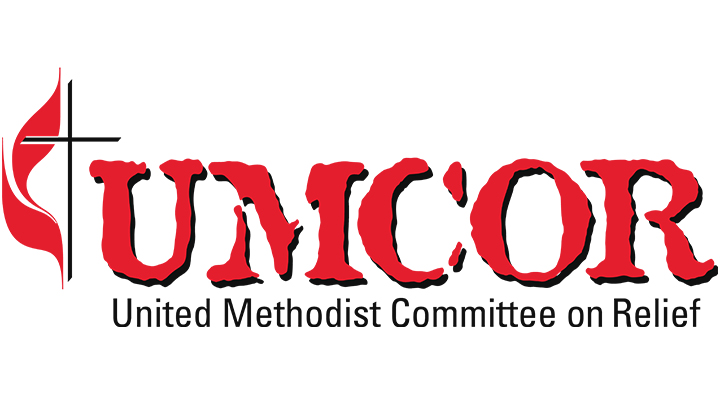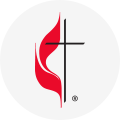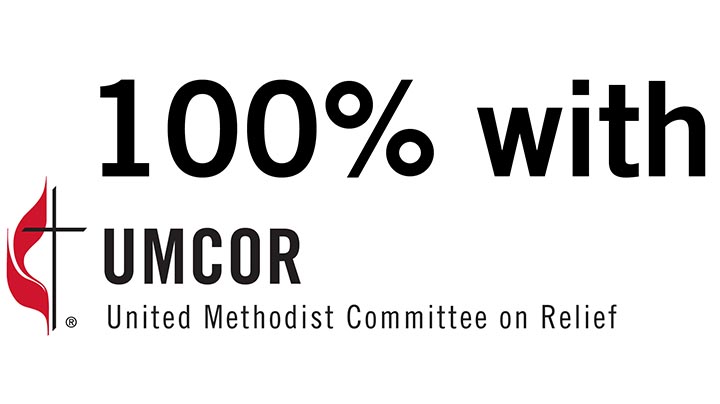
by Steve Taylor
Executive Director, NC Conference Connectional Ministries
In every disaster, one of the questions we often receive is “Where is UMCOR?”
I understand the question and appreciate that people don’t see a similar response from UMCOR as they see from The Salvation Army or Baptist Men. The answer lies in the structure of our United Methodist connection and the United Methodist Committee on Relief.
In the United States, there are only a few people working in the U.S. UMCOR (United Methodist Committee on Relief) office. Their function is to fund, train the trainers, and provide expertise and resource United Methodist conferences across the U.S. They also act as the “receptacle” for people in United Methodist churches across the nation to donate to assist those who have been affected by disaster. For example, we in the North Carolina Conference, have received $1.3 million for response and recovery operations following Hurricane Matthew. UMCOR has already responded with a $10,000 emergency grant for Hurricane Florence and we can expect to receive significant additional funding through our UMCOR channels.
UMCOR also provides training and expertise that helps us in the North Carolina Conference train people for Early Response and Neighbor-to-Neighbor training for local churches. Disasters are first responded to locally. Thus, in essence, we in our local churches are the hands and feet of UMCOR. In the North Carolina Conference, we provide continual Early Response Training (ERT) multiple times each year and provide Neighbor-to-Neighbor local congregation training at request of local congregations, clusters of congregations, and districts.
Currently, we have approximately 770 people trained in local churches for emergency response. This is training that is pertinent for actions immediately following a storm. These ERT members are responsive to and work in coordination with the District Disaster Response Coordinators (DDRC) and District Superintendents (DS). Each district has at least two Disaster Response Coordinators. As the best response to a disaster is local, we encourage the ERTs to work first in their local area and then, as it becomes safe to travel and when County Emergency Managers tell us it is safe to do so, our DDRCs will deploy small ERT teams into disaster affected areas.
At the same time, we begin sending cleaning buckets and health kits to areas that have been affected, usually working with local churches who act as staging areas. This is coordinated through the DDRC and the DS. For example, we have already distributed 1000 health kits to local shelters impacted by Hurricane Florence and 1000 cleaning buckets to some of the counties where it is safe for us to travel. We call on local volunteers to help with this effort and volunteers from districts to help coordinate. To be clear, these volunteers are us!
Thus, to the question, where is UMCOR? The answer is no further than our local church. We are UMCOR. This is why it is so incredibly important to participate in Neighbor-to-Neighbor training, ERT training, get our UMCOR green t-shirt and get out into our communities, helping where we can, praying with all who need it, and being the hands and feet of Christ.
Where is UMCOR? We are UMCOR.
If you would like to volunteer or have a team that wishes to help,
please contact our North Carolina Disaster Response Call Center:
Email: disaster@nccumc.org
Phone: 888-440-9167
To contact your District Disaster Response Coordinator:
https://nccumc.org/disaster/district-disaster-response-coordinators/

